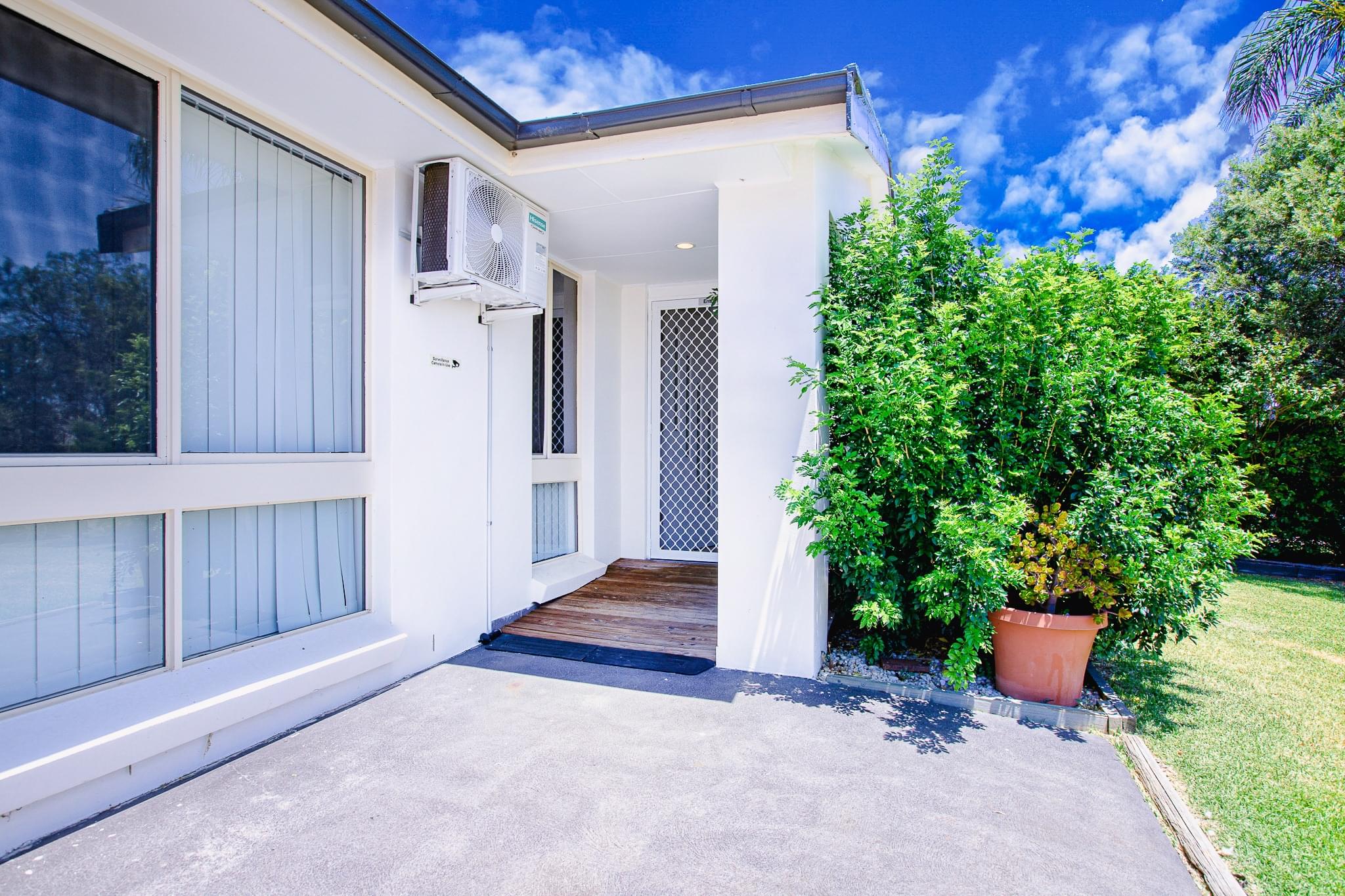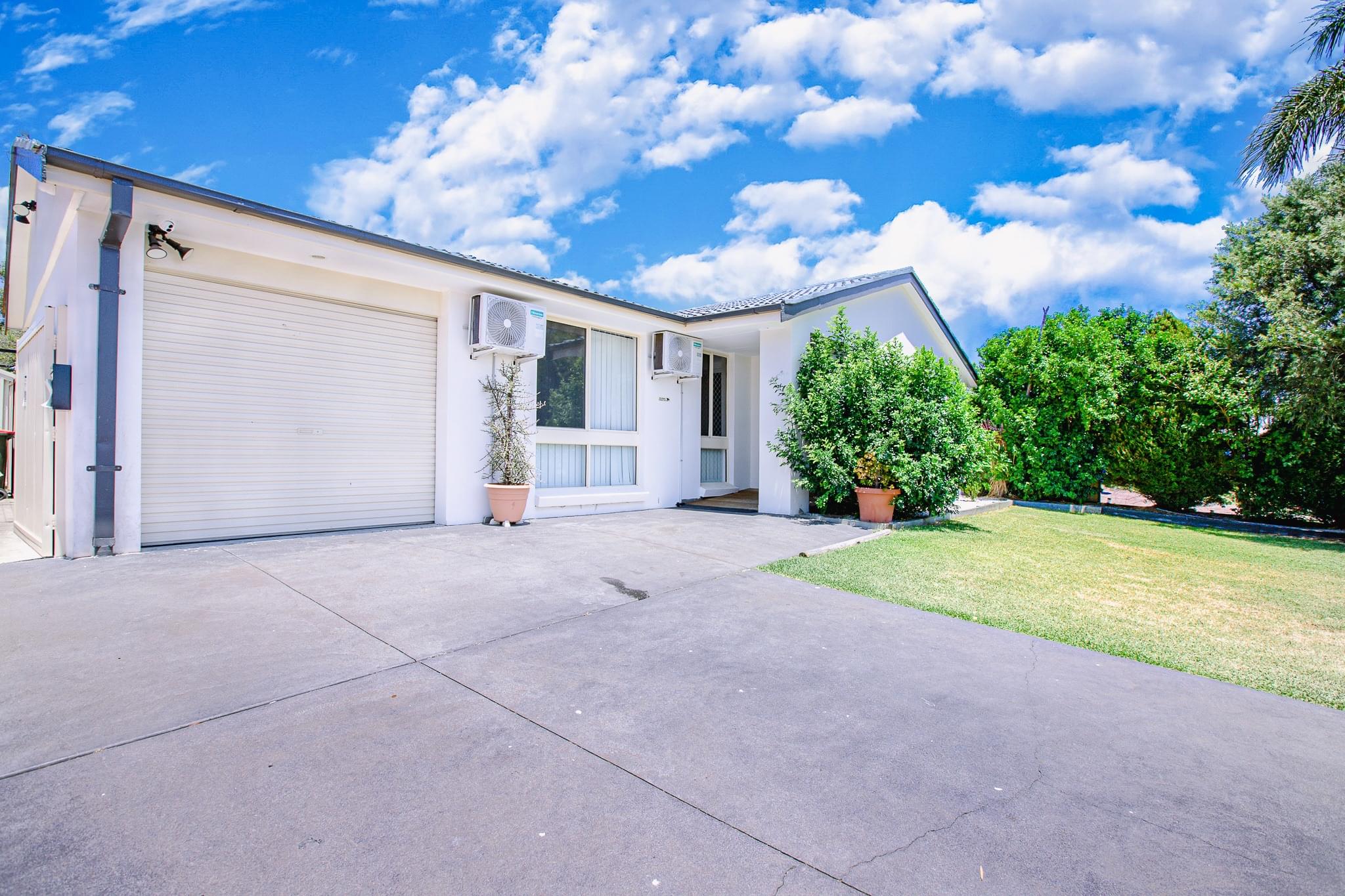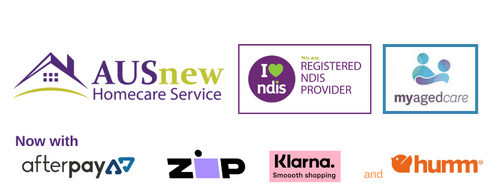A guide to choosing the right housing and daily living supports to help you live more independently through the NDIS.

The National Disability Insurance Scheme (NDIS) is designed to help Australians with a disability live more independently and achieve their goals. One of the most important parts of the NDIS is the Home and Living support category. But what exactly does this cover? And how can participants make the most of it? Let’s break it down.
What Is ‘Home and Living’ Support?

The Home and Living category in your NDIS plan includes supports that help you live in a way that’s safe, sustainable, and right for your needs. These supports can range from assistance with everyday tasks to funding for special accommodation options.
There are several types of Home and Living supports, each designed to match different needs and circumstances. Here's a closer look:
1. Supported Independent Living (SIL)
SIL is for people who need significant help with daily tasks such as cooking, cleaning, and personal care. This support is usually provided in a shared living arrangement and is best suited for participants who need round-the-clock support but want to live in a home-like environment.
Examples of support in SIL:
-
Help with personal hygiene
-
Preparing meals
-
Taking medication
-
Household chores
2. Specialist Disability Accommodation (SDA)

SDA is a type of housing designed for people with extreme functional impairments or very high support needs. These homes are built to be more accessible and to support the delivery of other NDIS supports like SIL.
SDA features may include:
-
Wider doorways and hallways
-
Ceiling hoists
-
Robust construction for safety
-
Proximity to essential services
3. Individualised Living Options (ILO)
ILO offers a flexible alternative to group homes. It’s designed for people who want to explore different living arrangements, such as living with a host family, a housemate, or on their own with tailored support.
ILO focuses on:
-
Choice and control over where and how you live
-
Building informal supports in your community
-
Creating a stable and sustainable home environment
4. Short-Term Accommodation (STA) & Respite
STA provides temporary care and accommodation when your usual carers are unavailable, or when you need a short break from your routine. This is sometimes called respite care.
Why it’s important:
-
Gives families and carers a break
-
Offers participants a chance to try new experiences
-
Can be used for skill-building in a new environment
5. Medium-Term Accommodation (MTA)

MTA is for participants who are waiting for their long-term housing solution to be ready. It offers a safe, accessible place to stay during transitions.
Common scenarios include:
-
Waiting for SDA approval or construction
-
Recovering from hospital
-
Experiencing homelessness or unstable housing
6. Assistive Technology for Home Living

This includes tools and equipment that help participants live more safely and independently in their homes.
Examples:
-
Smart home technology
-
Mobility aids (e.g., walkers, hoists)
-
Emergency call systems
Making the Most of Home and Living Supports
To access the right support:
-
Talk to your Support Coordinator or LAC about your goals and living preferences.
-
Be clear about what’s working and what’s not in your current living arrangement.
-
Gather supporting reports from your occupational therapist, doctor, or housing provider if needed.
-
Use your plan reviews to update your needs as your situation changes.
Final Thoughts
Your home should be a place of comfort, safety, and independence. With the right Home and Living supports through the NDIS, that goal can become a reality. Whether you’re exploring options for yourself or a loved one, understanding these categories is the first step to building a living situation that supports your lifestyle and long-term goals.
Looking for SDA Accommodation?
If you're exploring SDA, SIL, or other Home and Living options, it's important to choose the support that best meets your needs.
Our team at Ausnew Home Care is here to help you find the perfect living arrangement that promotes your independence and well-being.




